For about a dozen years, the City of Niagara Falls had attempted to assess the condition of its sewer and storm water network. To provide the data it needed, the city chose to enter a pilot project using Canada’s first Side Scanning Evaluation Technology (SSET) system to inspect its entire water system.
Technology
System provides accurate picture
niagara falls
For about a dozen years, the City of Niagara Falls had attempted to assess the condition of its sewer and storm water network.
A variety of inspection contracts resulted in piecemeal data of varying quality spread over far too many years to be relevant.
Passage of Ontario’s Sustainable Water and Sewage Systems Act in 2002 required municipalities to investigate methods for assessing the long-term structural integrity of their sewer and water systems. To provide the data it needed, the city chose to enter a pilot project using Canada’s first Side Scanning Evaluation Technology (SSET) system to inspect its entire water system.
Widely used in Europe, SSET employs a 360-degree fisheye digital scanner, producing digital side scan images of a pipe wall instead of the forward-facing continuous video provided by typical closed circuit television (CCTV) cameras. A digital scanner scans the pipe wall, millimetre by millimetre, to produce a continuous image of the inside of the pipe, with front view images captured every 10 centimetres.
In January 2005, PipeFlo, a contractor based in Stoney Creek, Ont., entered a five-year, $1.25-million contract with the city to inspect its entire 412-kilometre system. A public-private partnership in its most basic form, Niagara Falls purchased the SSET camera while PipeFlo purchased the van and diagnostic equipment. Together, the equipment cost about $125,000 US.
“When you observe with conventional CCTV, you have to stop, pan and tilt the camera,” says Bruce Noble, PipeFlo president. “Here, we just pull the camera through the pipe from manhole to manhole and record the data for later analysis.” While CCTV approximates the location of pipe damage, SSET pinpoints what it sees in three-dimensional space.
Traveling at about 1,000 to 1,200 metres per day, the SSET unit has inspected more than 160 kilometres of pipe to date, with encouraging results.
“We’ve had our hurdles in the equipment end, but generally the quality of the data is very good,” says Noble. Among initial findings, the SSET camera has identified inordinate amounts of debris in pipes, indicating that the city needs to step up its maintenance program.
The project is being closely observed by Mark Knight, executive director of the Centre for the Advancement of Trenchless Technologies (CATT), at the University of Waterloo. CATT was initially enlisted by the city to help determine the most appropriate technology for the task.
“Because of all the hotel and casino development, the wastewater system needed to be inspected for future capacity as well,” says Knight. “We’ve got graduate students looking at the data to help ensure that it has been coded consistently and that the data can be read and interpreted without the use of proprietary software.
“If we use the original SSET survey as a benchmark against future deterioration, it becomes less like a scanning system and more like a wastewater management system that can result in huge savings, directing resources to the sections of the system that need the most attention.”
In a CATT workshop held last year, representatives from other municipalities were introduced to the technology and presented with initial results from the Niagara Falls survey. About a dozen municipalities signed on for a two-year pilot study to help develop the type of SSET reports that would be most useful to them.
“Once municipalities see the results of these inspections, I think all future contracts will involve SSET,” says Noble.
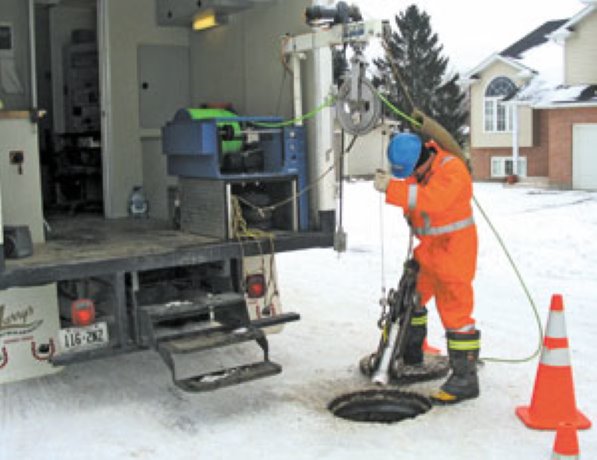
1/2
Technicians prepare to feed Canada’s first Side Scanning Evaluation Technology into a water system for inspection.
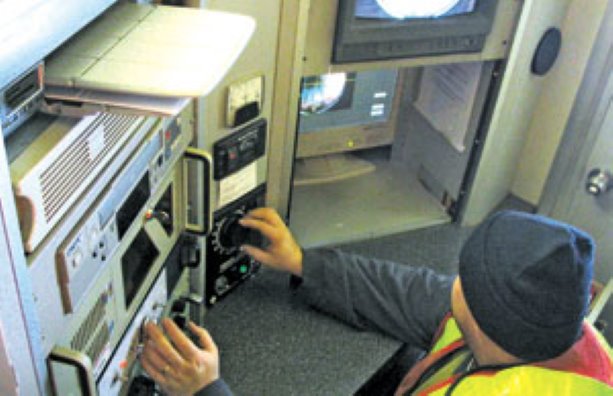
2/2
SSET can be remotely controlled from a truck parked at the entry point of the system inspection.


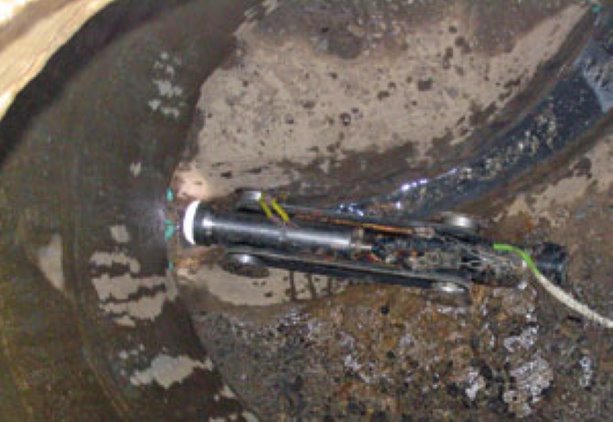





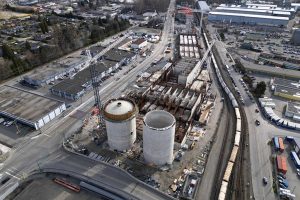
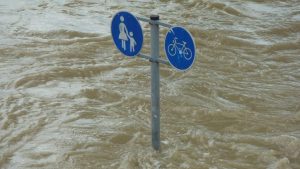

Recent Comments
comments for this post are closed